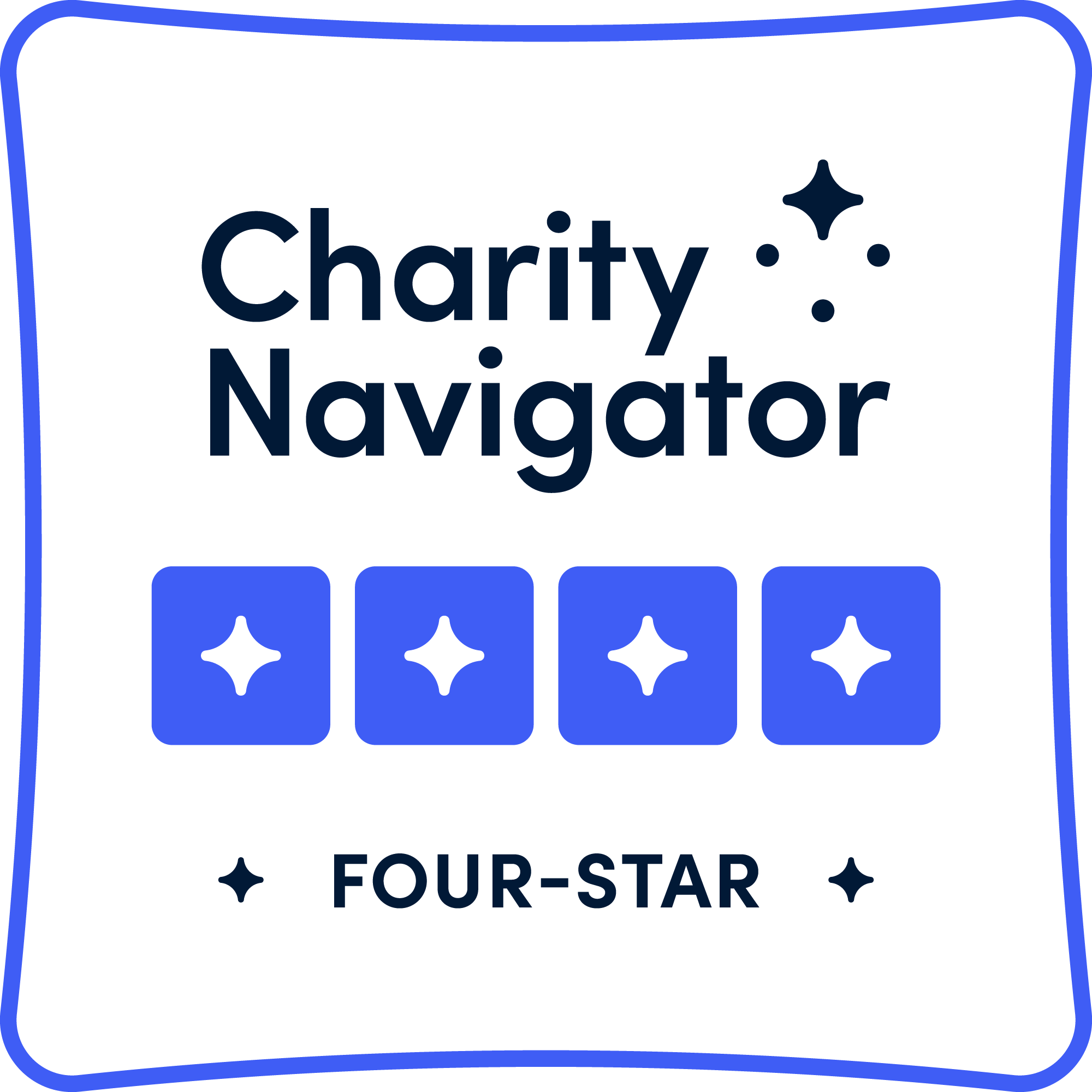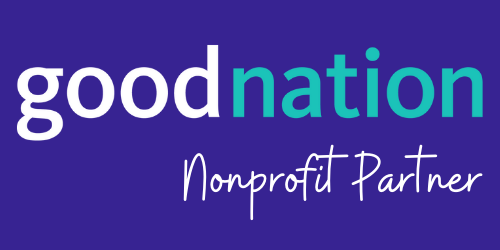Health Habits Outside the Doctor’s Office
HIGHLIGHTS
- Americans today are less healthy than their peers in similarly wealthy countries, even as the U.S. spends more and more on health care.
- With support from the Robert Wood Johnson Foundation, ideas42 led the Community Health and Well-Being Project to design solutions that improve health outcomes in the community.
- We partnered with three communities—Ashland, KY, Tarrant County, TX, and Baltimore, MD—and together built innovative approaches that support a range of healthy behaviors.
The Challenge
We need new answers to long-standing questions about health and well-being. It is well known that Americans today are less healthy than their peers in similarly wealthy countries, even as we spend greater and greater percentages of GDP on health care. But the issues underlying this challenge aren’t confined to the details of how health care is structured or insured, or the performance of new health technologies; they also extend into our homes, communities, and relate to our behaviors.
Our Approach
With support from the Robert Wood Johnson Foundation, ideas42 launched the Community Health and Well-Being Project to apply behavioral design to design solutions that improve health by supporting healthy behaviors at home and in communities. Over the course of the project, more than 170 communities expressed interest in using applied behavioral design to make progress on their communities’ most pressing health issues, from behavioral contributors to heart disease and diabetes, to parenting and safe sex, to mental health and substance abuse.
Representatives from 19 communities attended a workshop to learn more about the approach, and three—listed below—partnered with us on applied behavioral design projects.
- Our Lady of Bellefonte Hospital and the public school district in Ashland, KY to reduce consumption of sugar-sweetened beverages and increase water drinking among local families.
- Catholic Charities of Fort Worth and Luscinia Health in Tarrant County, TX to increase on-time refills and adherence to prescription medications for chronic conditions among Catholic Charities clients.
- Members of the B’more for Healthy Babies initiative in Baltimore, Maryland to increase prenatal care providers’ submission of risk assessments and referrals to community-based support for Medicaid-eligible pregnant patients.
To learn about this project, read our report, Advancing Community Health and Well-Being with Behavioral Science.
Results
In each community, we unearthed new insights about factors influencing these behaviors and designed and implemented interventions informed by behavioral science to improve outcomes. We achieved significant successes and learned a great deal about applying behavioral design to this field in the process. This includes understanding where a focus on behaviors at the community level holds the most promise, and where these approaches must be complemented by interrogating behaviors elsewhere in the health system; for example, the behaviors of healthcare providers, system administrators, or policymakers who shape the reality that community members confront. For example:
- In Ashland we learned the habit of consuming sugar-sweetened beverages (SSBs) can be triggered automatically in specific contexts, and that people set a reference point for appropriate consumption of SSBs based on the behavior of their peers. Drawing on these and other insights we designed an intervention that reduced SSB consumption by as much as 36%, while increasing consumption of water—a promising result we look forward to testing at larger scale.
- In Tarrant County we found the lack of positive feedback for taking medication reduced adherence among patients with asymptomatic chronic conditions in low-income communities. We also gathered encouraging insights about the magnitude of savings people with these conditions can attain with behaviorally designed micro-incentives and reminders.
- In Baltimore, we learned that health care providers are aware of the need to complete important Risk Assessment forms, but do not always see the resultant positive impact for patients; however, a comprehensive set of provider behavior interventions, paired with improved technology, could give health systems a chance to connect more at-risk patients with the services they need.
To learn about this project, read our report, Advancing Community Health and Well-Being with Behavioral Science.
Takeaway
We believe behavioral insights hold immense promise to improve community health. The examples above highlight how they can strengthen programs that set people up for success to break unhealthy habits and build new ones. These experiences also reinforce the importance of addressing systemic issues affecting community health, which are themselves behavioral challenges and can lead to large-scale improvements in Americans’ health.
Interested in learning more about applying behavioral science to community health? Reach out to us at health@ideas42.org.


